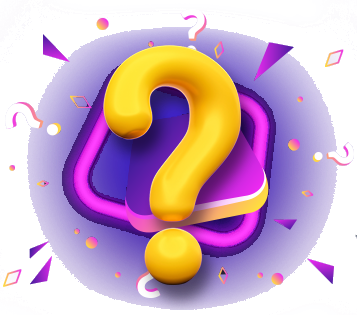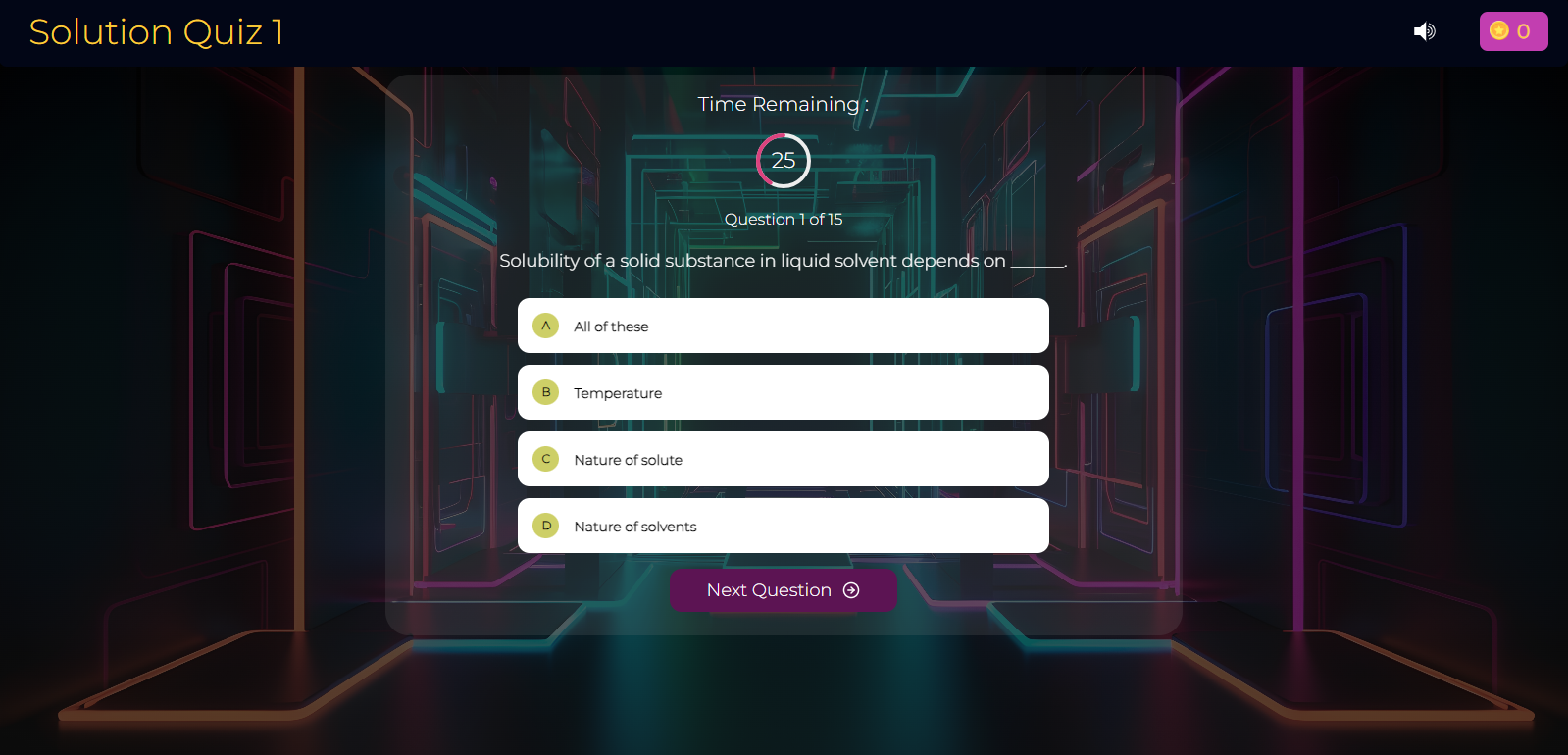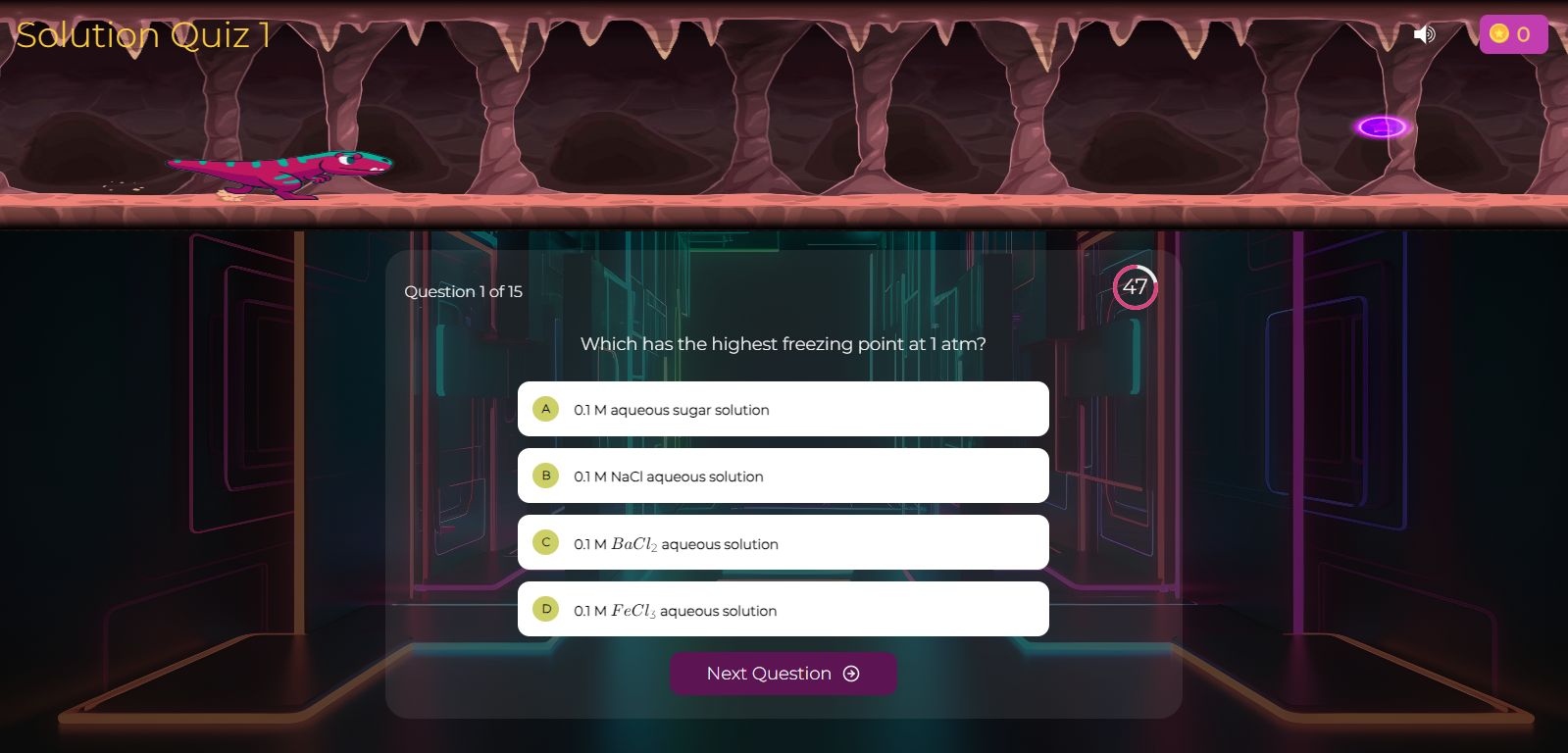
Math Meets National Symbols: A Tricky Quiz
Difficulty Level :
10 Questions
Popular Questions In Math Meets National Symbols: A Tricky Quiz
- If the Indian flag's width is 'w', and length is 1.5 times the width, what is the ratio of the width to the length?
- The Ashoka Chakra in the Indian flag has 24 spokes. If each spoke represents a 'part' of a day, approximately what percentage of a day does one spoke represent?
- The national emblem of India is an adaptation from the Lion Capital of Ashoka at Sarnath. How many lions are there in the original sculpture (though only three are visible)?
- The Bengal tiger (Panthera tigris tigris) is India's national animal. If a group of tigers increases by 20% each year, how many years will it take to at least double in size? (Approximate)
- If the total number of petals in all the lotus flowers in a pond is a multiple of the number 7, and we also know that each lotus flower has between 5 and 15 petals, what is a likely number of petals on a single lotus flower?
- India's National River, the Ganga (Ganges), is approximately 2,525 km long. If a boat travels along the river at a speed of 'x' km/hr and takes 100 hours, what expression represents 'x'?
- The Indian Rupee symbol (₹) has a horizontal line. Imagine that we have three horizontal lines of the same length. How many triangles can be created from them?
- India's national tree is the Banyan tree. Assume a Banyan tree doubles in size yearly. After 5 years it will be how many times bigger than it was when planted?
- If India's national bird, the Indian Peacock, lives for an average of 20 years, and a certain population of peacocks increase by a rate of 5% a year, what might we estimate their overall population after 10 years given no deaths (approximated to nearest percent increase)?
- The mango is the national fruit of India. If a vendor sells mangoes for ₹x per kg and each mango weighs on average 200 grams, how much will it cost in rupees for one mango?


